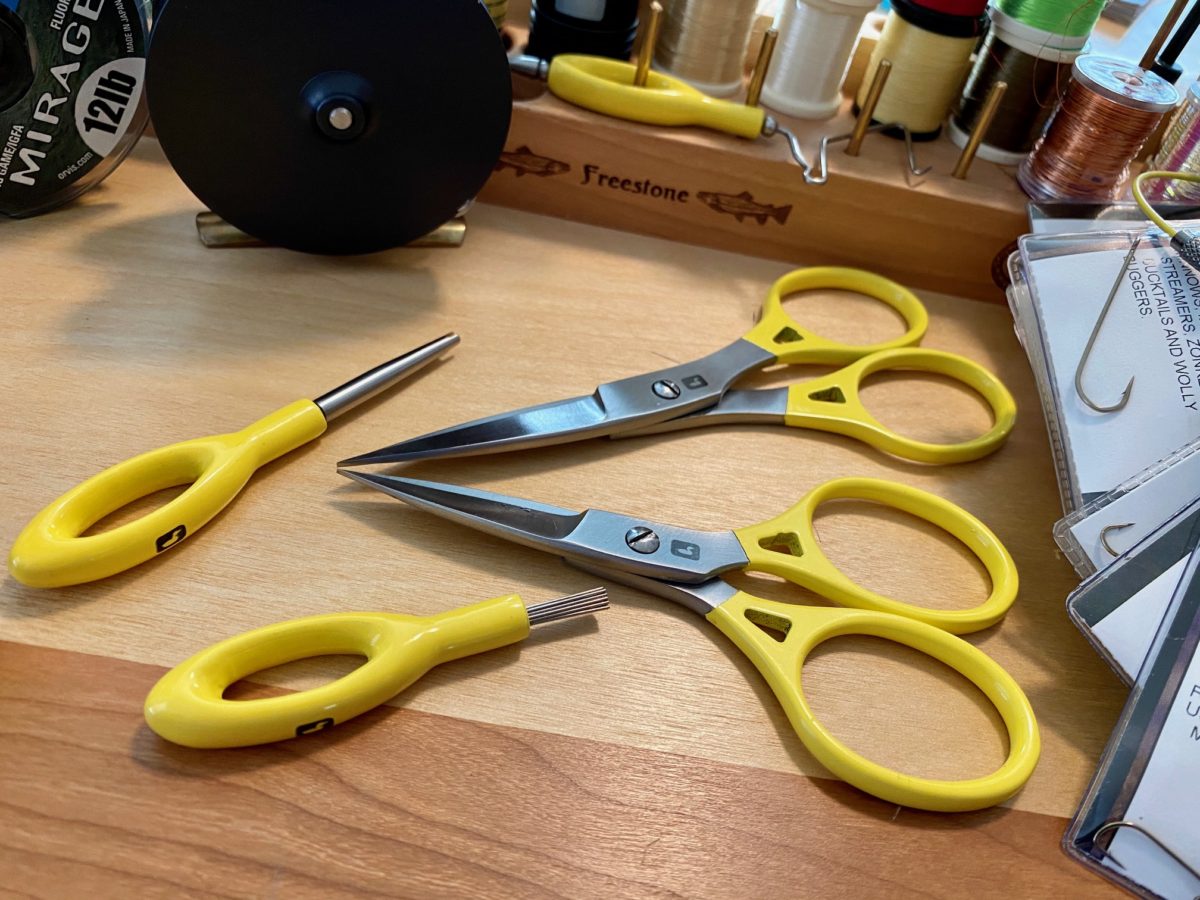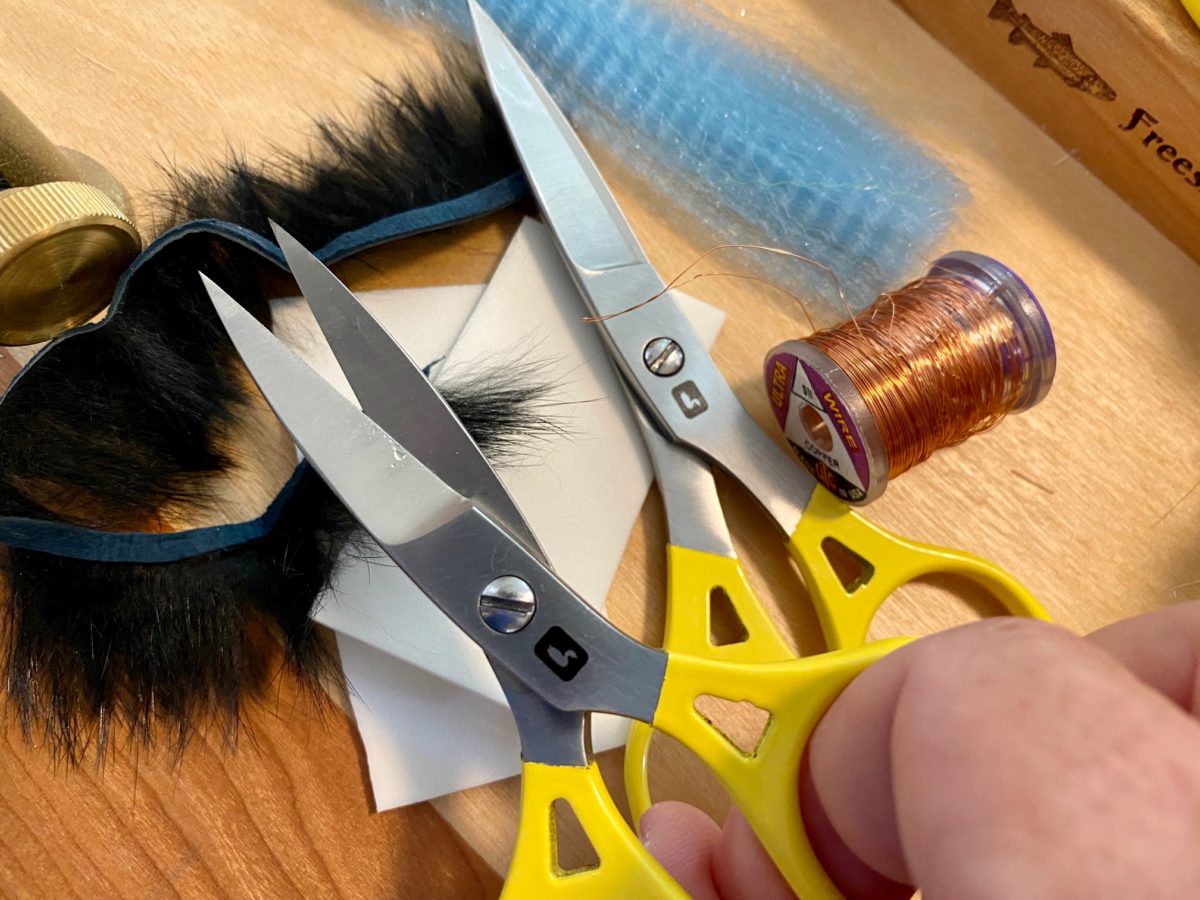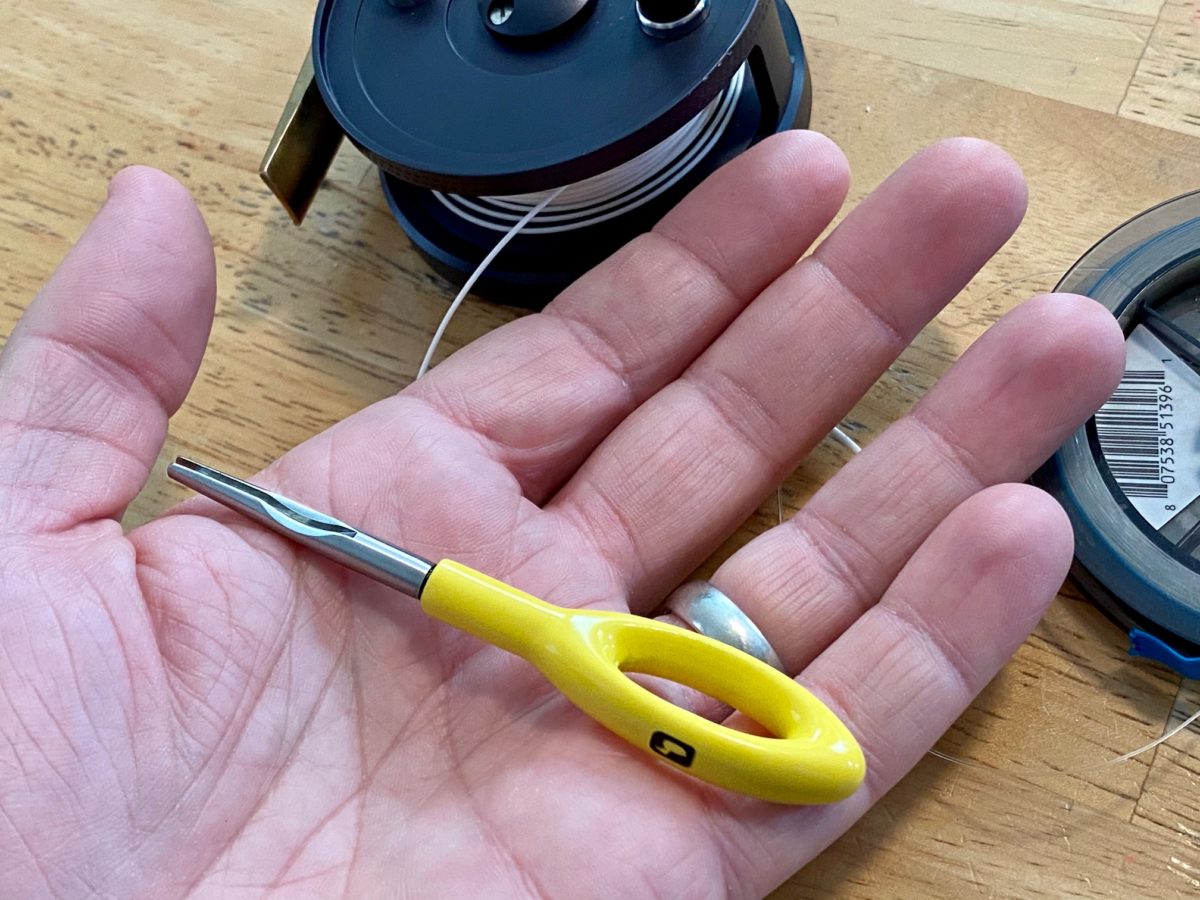
I have a few core beliefs about tools:
- A tool should have enough flexibility to be used in a number of situations, or…
- A tool should perform a singular and necessary task well enough to justify it’s presence
- A tool should be priced so that it can be used without too much concern or thought
- A tool should be somewhat pleasurable to hold and use
These simple maxims apply to my garage, shed, kitchen and fly fishing closet. I have the same standards for what goes into my sling back and tying bench as I have for what is hanging over my workbench. Gear matters, but unless it plays a pivotal role in my actual fishing it is “simply” a tool.
I’ve come to appreciate tools from Loon Outdoors, as they generally align with the four specs listed above. Recently Loon released a few new products for the bench and stream. Here’s my quick take on each – why all four fit my criteria and how you could put them to use:

Prime Scissors, 5″ & 6″
It wasn’t long into my learning fly tying that I realized how important it is to have scissors that are sharp and accurate. While it is tempting to pick up the same scissors you use to make precision cuts to trim something like rabbit hide or copper wire, those tougher materials will wear out a blade quickly. Having a sturdy pair of scissors at the bench to spell your regular pair will lead to a longer and more productive lifespan. The Prime Scissors are legitimate, heavy duty shears. Leathery hides, tightly-packed deer hair, and random plastics aren’t going to dull these blades. I also like the bigger handles, which allow me to squeeze with my hand and not my finger/thumb.

Ergo Dubbing Pick
Initially, I was skeptical as to how this tool was going to supplant my dubbing brush. I like buggy nymphs and dubbed streamer bodies. I’ll spend a lot of time primping my freshly tied flies to get that perfect profile. Playing with the Ergo Dubbing Pick made me realize that it works great alongside my dubbing brush. The poking, direct angle allows for much more control when teasing out portions of small nymphs or segments of larger patterns. If I want a tightly dubbed bug to have a few wild fibers to simulate something like front legs, the pick is the perfect tool.

Ergo Knot Tool
I’ve used the same knot-tying tool for decades. It is my preferred way to tie nail knots (much better than a straw or freehand), so it makes its way into my pack when I’m out all day or on a trip. It has worked well. But the Ergo Knot Tool is better. Why? The handle. Hence, “Ergo.” As simple as that sounds, the shape of this tool keeps the whole rig steady as I tie a nail knot. Nothing flops or rolls. This translates into confidence in my nail knots, even when I’m on the water. I believe a lot of people use substandard line-to-leader connections because they aren’t confident they can tie mono/flouro to fly line. This tool, and some practice, will help.
All of these tools are made for small but important jobs. In my opinion, it is important to have the right gear for any task. Have any specific questions about any of these tools from Loon? Feel free to reach out to me here. I don’t recommend something unless I think it will be of benefit to you, so I’m happy to help if possible.
Check out these four tools, and everything else in Loon Outdoors’ catalog, here.
